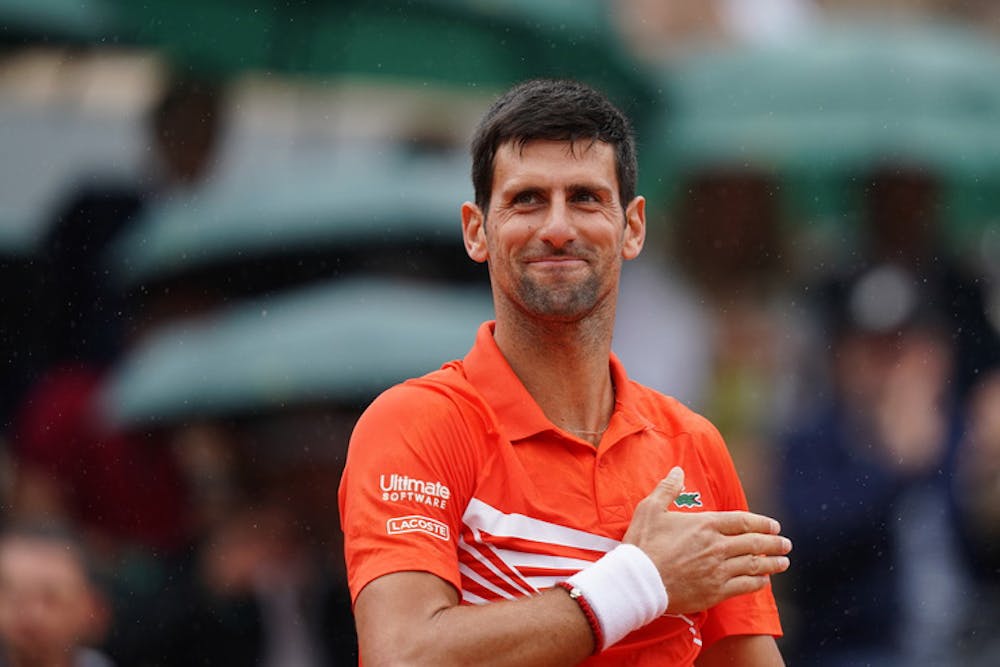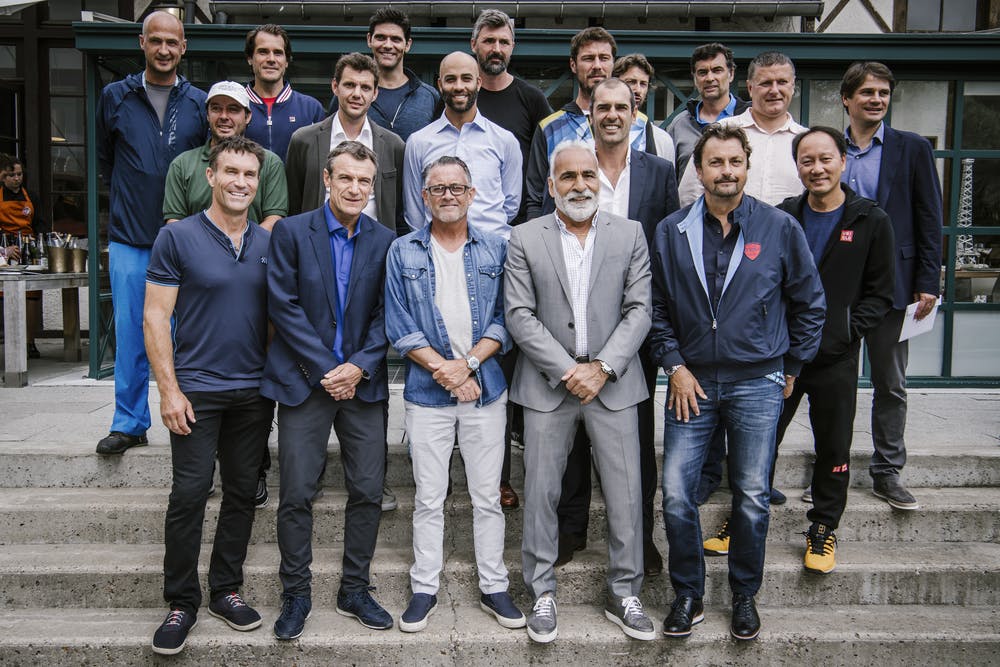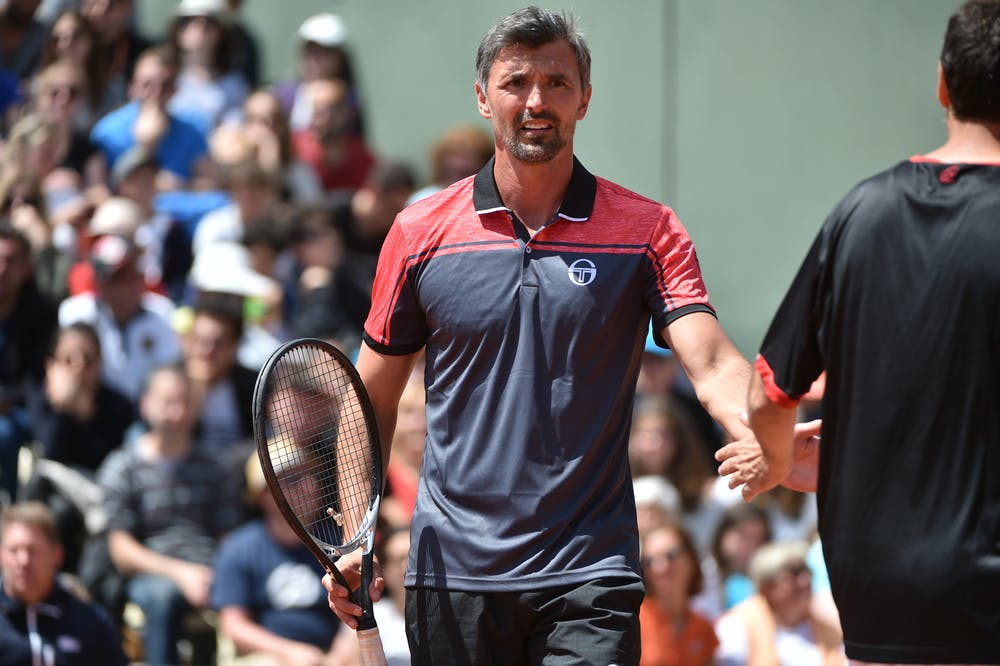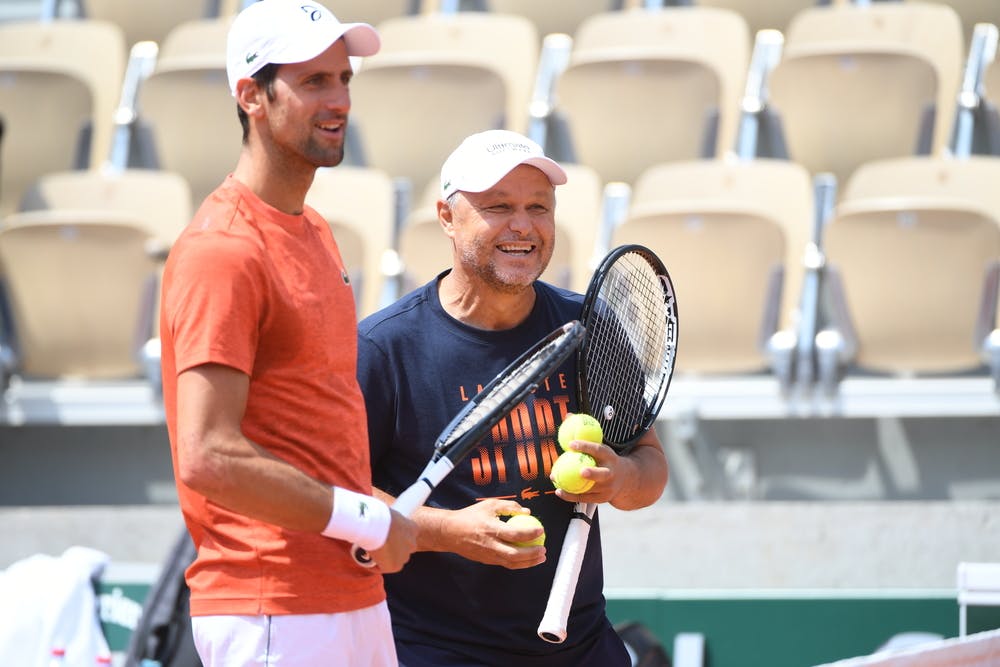The fact all of the “Big Three” still dominate well into their 30s is a scary prospect to former world No.1 Safin, whose best run in Paris was a semi-final showing in 2002.
The Muscovite’s career was ultimately curtailed by a knee injury. He retired before his 30th birthday.
“Roger was lucky he didn’t get injured many times,” said Safin, only 19 months the Swiss player’s senior.
“All our generation had problems, left and right. [Gustavo] Kuerten, he had hip, [David] Nalbandian hip, me knee, [Andy] Roddick, I don’t know what he had.
“Once you start to have injuries in your career it goes into the brain and you start to think too much and you start to lose.”
The Russian could not have imagined a time when half the men’s quarter-finalists at Roland-Garros would be aged over 30, least of all one of the eight being a 37-year-old.
“At the age of 30 you were already an old guy because we started young, at 17, 16,” Safin said.
“Now the guys are becoming good at 23, 24, so for a 10-year career you finish at 34, 35. I was 17 and I retired when I was 29 due to the injury.
“I would have played a bit longer but we started too young and when you put a lot of pressure on you young, something will break because you’re not developed that much, that’s my opinion.”
Ivanisevic, too, had the twilight years of his career cut short due to a shoulder injury, but believed beyond staying fit and healthy, the coach was a key to a player’s longevity at the top in their 30s.
Of the current names guiding the Big Three – Marian Vajda, Carlos Moya and Ivan Ljubicic – Ivanisevic singled out Djokovic’s coach, Vajda, as having the most profound influence.
 ROLAND-GARROS
19 May - 8 June 2025
ROLAND-GARROS
19 May - 8 June 2025


 ©Nicolas Gouhier / FFT
©Nicolas Gouhier / FFT ©Pauline Ballet / FFT
©Pauline Ballet / FFT ©Pauline Ballet / FFT
©Pauline Ballet / FFT ©Pauline Ballet / FFT
©Pauline Ballet / FFT